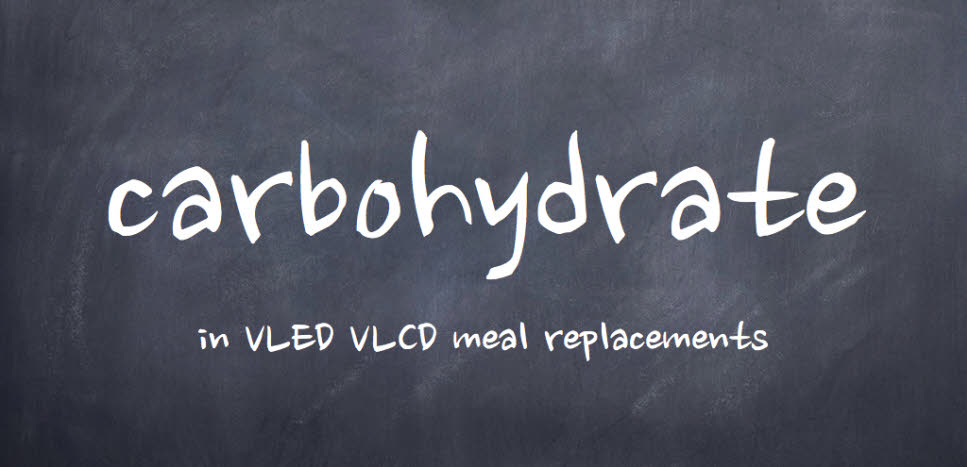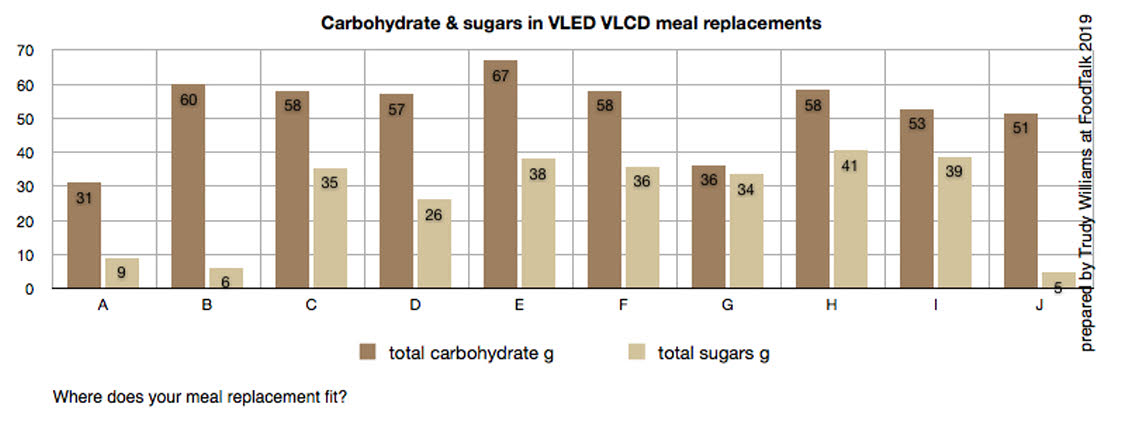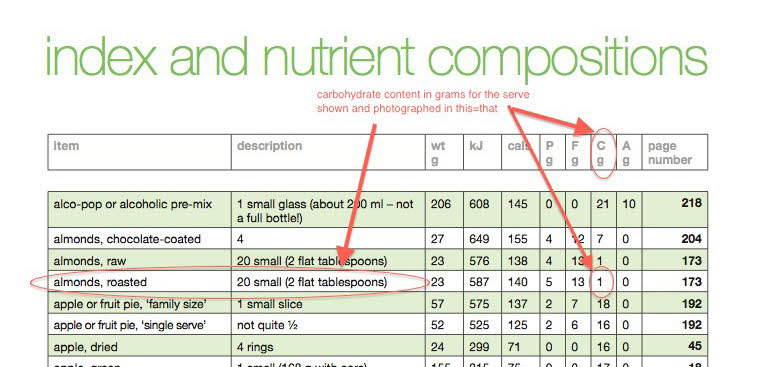Is ketosis needed with VLED VLCD replacements? Focus on carbohydrate

Yes. Very low energy diets need your body to enter into ketosis otherwise you will be very very hungry. To allow this, the plans need to be low in carbohydrate content.
During ketosis, the level of ketones builds up in the blood. Ketones suppress true hunger and food cravings decline. When blood glucose levels fall, ketone production steps up and it becomes the fuel for the brain and body.
You need to cut back on total carbohydrate (carb) intake to allow your body to enter ketosis.
ketosis & carbohydrate
Just how low in carbohydrate depends on how much carbohydrate you eat now, the amount of glycogen stored in liver and muscles, your activity levels and body size.
As a general guide, a meal plan providing less than 100 g of carbohydrate across the day allows a person to enter a state of ketosis. It doesn’t happen instantly because the body taps into glycogen stores first. Glycogen is easily converted to glucose, the preferred fuel for the brain and muscles. Once glycogen stores are depleted, the body shifts across to use ketones as an alternative fuel source.
If your usual diet is already very low in carbohydrate content, you may need a plan that provides less than 100 g, one closer to 50 g carbohydrate in total daily.
All VLED VLCD meal replacements reviewed are low in carbohydrate content with less than a total of 70 g carbohydrate in three serves. Two brands provide much less than 50 g daily in three serves.
the brain needs 25 to 30 g glucose
The brain needs between 25 to 30 g glucose (carbohydrate). If food doesn’t supply carbohydrate to create glucose, the body cleverly manufactures glucose via gluconeogenesis from amino acids (e.g. found in muscle tissue) and glycerol (a component of body fat).
If any diet plan contains less than 30 g carbohydrate, there is a risk that more muscle mass is sacrificed in order to supply glucose to the brain. Loss of muscle mass is not desirable.
All VLED VLCD products contain more than 30 g carbohydrate.
The higher the carb content, the more care you need to take when adding ordinary food and drinks to supplement variety and top up missing nutrients.
For example, add 2½ cups of cooked light vegetables to boost potassium intake and you add close to 20 g carbohydrate. The daily plans are still less than 90 g carbohydrate in total. If you start with a VLED averaging 60 g or less in three serves, there is even more flexibility to add an additional carb source such as mixed berries. Nine out of ten VLEDs in the Australian market average 60 g or less carbohydrate in three serves.
side effects
The common side effects during low carbohydrate plans include bad breath, furry feeling teeth and tongue, constipation, lack of stamina, and early exhaustion during sport and physical work.
Medical conditions that carry extra risk of side effects include diabetes (blood glucose drops too low or 'hypo'), high blood pressure (dizziness on standing due to drop in blood pressure), active gallstones (gallbladder pain) and gout (gouty pain in toes).
Not every person notices these but be prepared for work-arounds.
- Carry breath freshener (not mints or lollies) and a toothbrush and toothpaste to counter the breath and furry mouthfeel.
- Drink 1.5 to 2 litres of water, add a fibre supplement, eat light vegetables and a dash of oil to keep bowels working. You may not go as often as usual because you are eating far less but when you go, you should not be straining. Your poo should be smooth and sausage-like and pass easily. If you are straining or the poo's surface looks very textured like marbles clumped together or it pops out as squashed marbles, you need to act. Severe constipation is not comfortable.
- Clear the calender of strenuous sports and activities until your body adapts to using ketones as the main fuel. You may have an early (day 3) or late keto-crash when you feel totally drained. Allow a couple of weeks.
- Discuss health, medical conditions and medications with a pharmacist, doctor and dietitian before starting any VLED/VLCD plan.
- Do not use a very low carbohydrate plan if you are pregnant.
Do not choose or dismiss a VLED/VLCD product based on its carbohydrate content alone.
There are many other factors to consider which will be explored in other articles.
Check with your personal dietitian for specific advice.
carb content of meal replacements

The carbohydrate levels shown are averaged from the flavours and styles (e.g. bars, soups, shakes) within a Brand’s range and as consumed three times a day without additional food.
A. Formulite VLCD Shakes: 31 g carbohydrate
B. Optifast VLCD Protein Plus Shakes: 60 g carbohydrate
C. KicStart VLCD Shakes and Soups: 58 g carbohydrate
D. Optifast VLCD Shakes, Bars and Soups: 57 g carbohydrate
E. Dr MacLeod’s VLED Shakes, Bars and Soups: 67 g carbohydrate
F. Optislim VLCD Shakes, Bars and Soups: 58 g carbohydrate
G. Tony Ferguson VLCD Shakes: 36 g carbohydrate
H. Proslim VLCD Shakes, Bars and Soups: 58 g carbohydrate
I. Optislim VLCD Platinum Rapid Formula (made with skim milk): 53 g carbohydrate
J. Optislim VLCD Platinum Plus Shakes: 51 g carbohydrate
NOTE: The charts and interpretation rely on manufacturers’ product information that was sourced and collated in Sept 2019. I clarified aspects of nutrition information when it appeared to be erroneous (e.g. mg used instead of mcg for nutrients) or the nutrient values were vastly different to other flavours and styles within a range but some manufacturers haven’t got back to me yet with answers. I will update these tables and interpretations if and when they get back to me. Clearly, I can not be responsible for errors in the information provided on product labels and subsequent interpretations based on those errors. Formulations also change. Always read instructions provided by the manufacturer. Your personal dietitian and prescribing health professional are in the ideal position to decide what is best for you.
This information in this article does not take into account your personal situation or needs.
It is of a general nature only and is not designed for an individual’s personal use. You should always seek professional advice from your own health practitioner.
carbs in food
A great way to learn about carb levels in food is to use the nutrient tables at the back of ‘this=that: a life-size photo guide to food serves’ to see how much extra carbohydrate different foods and drinks contain.
Invest in a copy today. You will look at what you eat in a new and liberating way.
influence free
This article is 100% unbiased without corporate influence. I do not sell or make money from any of the companies, brands or products mentioned. I do not receive incentives or other enticements from the manufacturers or their associates.
Say thank you to me. Shout me a virtual pot of tea!

